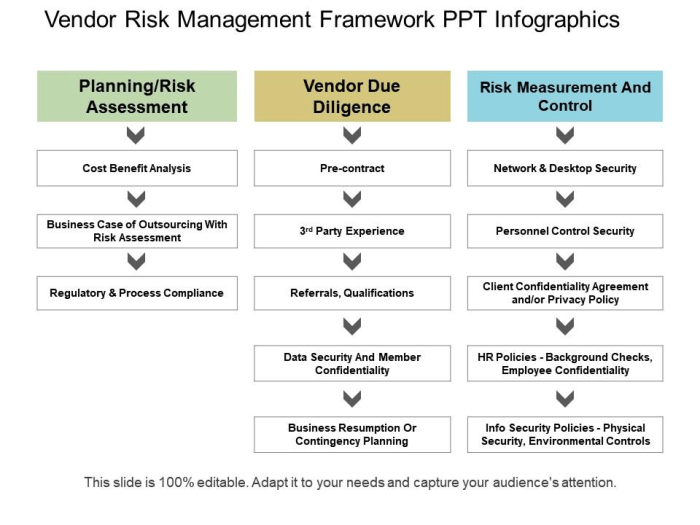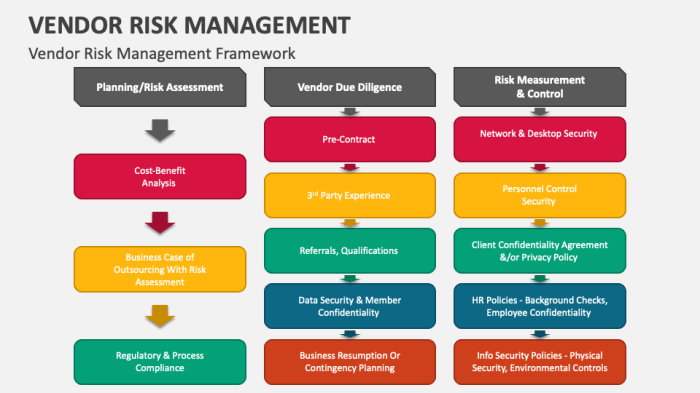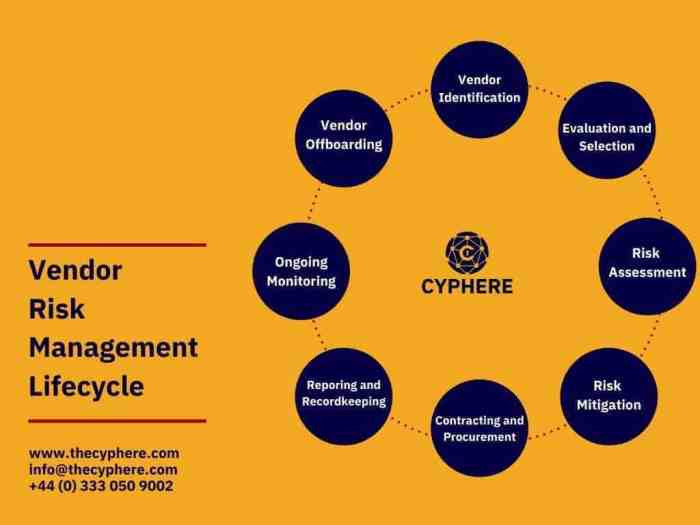VSA RMM: Streamlining IT Management
Originally posted 2024-08-22 06:38:00.
VSA RMM stands as a powerful tool for IT professionals seeking to manage and secure their networks efficiently. It empowers organizations to proactively monitor, manage, and secure endpoints, servers, and other critical IT infrastructure elements. VSA RMM goes beyond basic monitoring, offering comprehensive capabilities that encompass remote access, patch management, and robust endpoint security.
This robust solution simplifies complex tasks, allowing IT teams to address issues before they escalate into major problems. By streamlining processes and automating repetitive tasks, VSA RMM frees up valuable time for IT professionals to focus on strategic initiatives and innovation.
VSA RMM

VSA RMM (Remote Monitoring and Management) is a comprehensive solution that empowers IT professionals to efficiently manage and secure their clients’ computer systems. VSA RMM combines remote access, automation, monitoring, and security features to simplify IT tasks, improve system performance, and enhance overall IT security.
Purpose and Benefits of VSA RMM
VSA RMM streamlines IT operations and reduces administrative overhead, allowing IT teams to focus on strategic initiatives. VSA RMM provides a centralized platform for managing multiple devices, automating routine tasks, and proactively identifying and resolving potential issues. This results in significant time and cost savings, improved system uptime, and enhanced client satisfaction.
Key Features and Capabilities of VSA RMM
VSA RMM offers a wide range of features to address various IT management needs.
Remote Access
VSA RMM provides secure and reliable remote access to client devices, enabling IT professionals to troubleshoot problems, install software, and perform other tasks remotely.
Patch Management
VSA RMM automates the process of patching operating systems, applications, and other software. This ensures that devices are protected from known vulnerabilities and malware, reducing the risk of security breaches.
Endpoint Security
VSA RMM includes built-in security features such as antivirus, anti-malware, and endpoint detection and response (EDR). These features help protect devices from threats and ensure the integrity of the IT environment.
VSA RMM Architecture and Components

VSA RMM, a robust remote monitoring and management (RMM) solution, is designed to streamline IT operations by providing a centralized platform for managing and monitoring endpoints across various environments. Its architecture comprises three key components: the server, the agent, and the console, each playing a vital role in the system’s functionality.This section delves into the architecture of VSA RMM, exploring the server, agent, and console components, their individual roles, and how they interact through communication protocols and data flow.
Server
The VSA RMM server acts as the central hub of the system, managing all data and operations. It is responsible for:
Storing configuration data
The server stores all configurations, policies, and settings for managed endpoints. This includes software updates, security settings, and network configurations.
Processing tasks and scripts
VSA RMM is a popular choice for MSPs looking for a robust and feature-rich remote monitoring and management solution. However, if you’re seeking a more comprehensive platform with integrated PSA functionality, CONNECTWISE RMM might be a better fit. Ultimately, the best choice for your business will depend on your specific needs and budget.
VSA RMM remains a solid option for those who prioritize affordability and a straightforward user interface.
It executes tasks and scripts assigned to managed endpoints, such as software installations, security scans, and system maintenance tasks.
Managing agents
The server manages the communication and interactions with agents installed on endpoints.
VSA RMM is a powerful tool for managing and monitoring IT infrastructure, but it’s not the only player in the game. If you’re looking for alternatives, SYNCRO RMM is a strong contender, and you can check out their pricing options at SYNCRO RMM PRICING.
Comparing VSA RMM and SYNCRO RMM can help you find the best fit for your specific needs and budget.
Generating reports and dashboards
The server gathers data from agents and generates reports and dashboards that provide insights into endpoint health, performance, and security status.
Agent
The VSA RMM agent is a lightweight software component installed on each managed endpoint. It acts as a representative of the server, responsible for:
Collecting endpoint data
The agent gathers data about the endpoint’s hardware, software, and operating system, including system resources, installed applications, and security vulnerabilities.
Executing commands and tasks
The agent receives commands and tasks from the server and executes them on the endpoint, such as installing software, running scripts, and applying security patches.
Reporting status and data
The agent reports the endpoint’s status and collected data back to the server, providing real-time information for monitoring and management.
Console
The VSA RMM console is a web-based interface that allows administrators to manage and monitor the system. It provides access to various functionalities, including:
Endpoint management
The console allows administrators to view and manage all endpoints, including their status, configurations, and assigned tasks.
Policy and script creation
Administrators can create and manage policies and scripts to automate tasks and ensure consistent configurations across endpoints.
Reporting and analytics
The console provides comprehensive reports and dashboards for analyzing endpoint data, identifying trends, and making informed decisions.
Security management
Administrators can manage security settings, monitor for vulnerabilities, and implement security measures to protect endpoints.
Communication Protocols and Data Flow
VSA RMM utilizes various communication protocols to facilitate data exchange between the server, agents, and console. The primary protocols include:
HTTPS
Secure Hypertext Transfer Protocol is used for secure communication between the server and console, ensuring data integrity and confidentiality.
TCP/IP
Transmission Control Protocol/Internet Protocol is used for communication between the server and agents, enabling reliable data transfer.
WMI (Windows Management Instrumentation)
VSA RMM, a powerful remote monitoring and management (RMM) solution, offers a comprehensive suite of tools for IT professionals. However, for businesses seeking a more centralized approach to managing their IT infrastructure, NABLE NCENTRAL presents an attractive alternative. NABLE NCENTRAL provides a robust platform for managing all aspects of IT, from endpoint security to network monitoring, making it a compelling choice for organizations seeking a unified solution.
Ultimately, the best RMM solution for your business will depend on your specific needs and priorities.
Windows Management Instrumentation is a protocol used by the agent to gather data from the endpoint’s operating system and hardware.The data flow between components is typically initiated by the agent, which periodically sends data to the server. The server processes this data and stores it in its database.
VSA RMM is a popular choice for managed service providers (MSPs), offering a robust feature set and a strong reputation in the industry. However, for MSPs seeking a more modern and cloud-native approach, NABLE RMM presents a compelling alternative.
NABLE’s focus on automation and its intuitive interface can streamline operations and improve efficiency for MSPs, making it a worthy competitor to VSA RMM.
Administrators can then access this data through the console, generating reports and dashboards for analysis. When administrators make changes to configurations or assign tasks, the server sends instructions to the agents through the communication protocols. The agents execute these instructions on the endpoints, and the server receives feedback about the execution results.
VSA RMM Deployment and Configuration
Deploying and configuring VSA RMM involves setting up the software on a central server and then configuring it to manage and monitor the endpoints within your network. This process requires careful planning and execution to ensure smooth operation and optimal performance.
VSA RMM Deployment
The deployment process of VSA RMM involves several steps, ensuring the software is installed and configured correctly.
- Install the VSA RMM Server:The first step is to install the VSA RMM server on a suitable machine within your network. The server acts as the central control point for managing all the endpoints. The installation process typically involves downloading the VSA RMM server software, running the installer, and following the on-screen instructions.
- Configure the VSA RMM Server:After installation, the VSA RMM server needs to be configured. This includes defining the network settings, setting up user accounts, and configuring the security settings. The configuration process can be done through the VSA RMM console, a web-based interface that provides access to all the management and monitoring features.
- Install VSA RMM Agents on Endpoints:Once the server is configured, you need to install VSA RMM agents on the endpoints you want to manage. Agents act as the communication bridge between the endpoints and the server. Installation can be done manually by downloading and running the agent installer on each endpoint or through a centralized deployment method, such as using a group policy or a script.
- Configure Agent Settings:After installing the agents, you need to configure them to communicate with the server and define the monitoring and management tasks they should perform. Agent settings can be configured individually or through group policies, allowing you to apply the same settings to multiple agents.
VSA RMM Configuration Options
VSA RMM offers a wide range of configuration options, allowing you to customize the software to meet your specific needs.
- Network Configuration:VSA RMM allows you to define the network settings, including the IP address, subnet mask, and gateway address of the server. This ensures that the server can communicate with the endpoints on your network.
- Security Settings:VSA RMM provides comprehensive security settings, including user authentication, access control, and encryption. You can configure these settings to restrict access to the VSA RMM console and protect sensitive data.
- Monitoring and Management Tasks:VSA RMM allows you to define the monitoring and management tasks you want to perform on your endpoints. This includes tasks such as monitoring system performance, checking for software updates, deploying patches, and managing user accounts.
- Reporting and Alerting:VSA RMM provides reporting and alerting capabilities, allowing you to track the health of your endpoints and receive notifications about potential issues. You can configure the reporting and alerting system to meet your specific needs.
VSA RMM Integration with Other IT Tools
VSA RMM can be integrated with other IT tools and systems, providing a comprehensive and streamlined IT management solution.
- Ticketing Systems:VSA RMM can be integrated with ticketing systems such as Zendesk, Freshdesk, and Jira, allowing you to automatically create tickets for issues detected by the software. This streamlines the issue resolution process and improves communication between IT teams and end-users.
- Remote Access Tools:VSA RMM can be integrated with remote access tools such as TeamViewer, LogMeIn, and GoToMyPC, allowing you to remotely access and manage endpoints from a central location. This simplifies troubleshooting and maintenance tasks.
- Active Directory:VSA RMM can be integrated with Active Directory, allowing you to manage user accounts and permissions from within the VSA RMM console. This simplifies user management and ensures consistent security policies across your network.
- Cloud Services:VSA RMM can be integrated with cloud services such as Azure, AWS, and Google Cloud, allowing you to manage and monitor your cloud infrastructure from within the VSA RMM console. This provides a centralized view of your IT environment and simplifies cloud management tasks.
VSA RMM Use Cases and Applications

VSA RMM is a powerful tool that can be used to manage IT infrastructure across a wide range of organizations, from small businesses to large enterprises. It offers a comprehensive set of features that can help organizations improve IT efficiency, reduce downtime, and enhance security.
This section explores real-world examples of how VSA RMM is used to manage IT infrastructure, focusing on specific use cases such as remote support, patch management, and endpoint security.
Remote Support
Remote support is one of the most common use cases for VSA RMM. It allows IT professionals to provide support to end-users remotely, without having to physically visit their location. This can save time and money, and it can also improve the user experience by providing faster and more efficient support.
VSA RMM has been a popular choice for IT professionals for years, but the market is constantly evolving. If you’re looking for a modern, cloud-based solution, you might want to consider NSIGHT RMM. This platform offers a comprehensive suite of tools for managing endpoints, automating tasks, and providing proactive support.
While VSA RMM may still be a solid option for some, it’s worth exploring the features and benefits of newer solutions like NSIGHT RMM to see if they better meet your current needs.
- Example:A small business uses VSA RMM to provide remote support to its employees. When an employee has a problem with their computer, they can contact the IT department, which can then remotely access their computer and troubleshoot the issue.
This allows the IT department to resolve issues quickly and efficiently, without having to send a technician to the employee’s location.
- Example:A large enterprise uses VSA RMM to provide remote support to its global workforce. The enterprise has employees located in multiple countries, and VSA RMM allows the IT department to provide support to all of these employees remotely. This ensures that all employees have access to the same level of support, regardless of their location.
Patch Management
Patch management is another important use case for VSA RMM. It allows organizations to automate the process of applying software updates and security patches to their devices. This can help to protect devices from vulnerabilities and ensure that they are running the latest versions of software.
- Example:A healthcare organization uses VSA RMM to patch its medical devices. This helps to ensure that the devices are protected from vulnerabilities and that they are compliant with industry regulations.
- Example:A financial institution uses VSA RMM to patch its servers. This helps to protect the servers from cyberattacks and ensure that they are compliant with security standards.
Endpoint Security
Endpoint security is a critical aspect of IT security, and VSA RMM can play a key role in protecting endpoints from threats. VSA RMM can be used to implement a variety of endpoint security measures, such as:
- Antivirus and anti-malware protection:VSA RMM can be used to deploy and manage antivirus and anti-malware software on endpoints. This can help to protect endpoints from malware infections.
- Firewall management:VSA RMM can be used to configure and manage firewalls on endpoints. This can help to prevent unauthorized access to endpoints.
- Data loss prevention:VSA RMM can be used to implement data loss prevention measures on endpoints. This can help to prevent sensitive data from being lost or stolen.
Improved IT Efficiency
VSA RMM can help organizations improve IT efficiency in a number of ways. For example, it can automate tasks such as:
- Software deployment:VSA RMM can be used to automate the deployment of software to endpoints. This can save time and reduce errors.
- Asset management:VSA RMM can be used to track and manage IT assets. This can help organizations to optimize their IT investments.
- Reporting:VSA RMM can be used to generate reports on IT infrastructure. This can help organizations to identify trends and make better decisions.
Reduced Downtime, VSA RMM
VSA RMM can help organizations reduce downtime by:
- Proactive monitoring:VSA RMM can be used to proactively monitor IT infrastructure for problems. This can help to identify and resolve issues before they cause downtime.
- Automated remediation:VSA RMM can be used to automate the remediation of IT problems. This can help to reduce the time it takes to resolve issues and restore service.
- Remote access:VSA RMM can be used to provide remote access to IT infrastructure. This can help to resolve issues quickly and efficiently, without having to physically visit the site.
Outcome Summary
In conclusion, VSA RMM emerges as a comprehensive and versatile solution for IT management. Its ability to automate tasks, enhance security, and provide remote access makes it an indispensable tool for organizations of all sizes. Whether you’re a small business or a large enterprise, VSA RMM can help you achieve greater efficiency, improve security, and ensure optimal performance of your IT infrastructure.
FAQ Guide
What is the pricing model for VSA RMM?
VSA RMM typically offers subscription-based pricing models, with costs varying depending on the number of managed devices and the features included in the plan.
Does VSA RMM integrate with other IT tools?
Yes, VSA RMM can integrate with a range of popular IT tools and systems, including ticketing systems, help desk software, and network monitoring tools.
What are the system requirements for VSA RMM?
VSA RMM has specific system requirements, including operating system compatibility, hardware specifications, and network connectivity. Consult the vendor’s documentation for detailed information.
Is VSA RMM suitable for remote teams?
Absolutely. VSA RMM’s remote access capabilities make it ideal for managing devices and infrastructure located in geographically dispersed locations.
What are the benefits of using VSA RMM over other RMM solutions?
VSA RMM offers a comprehensive feature set, a user-friendly interface, and strong security features. It also benefits from a dedicated support team and a robust community forum for assistance.